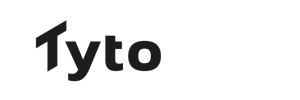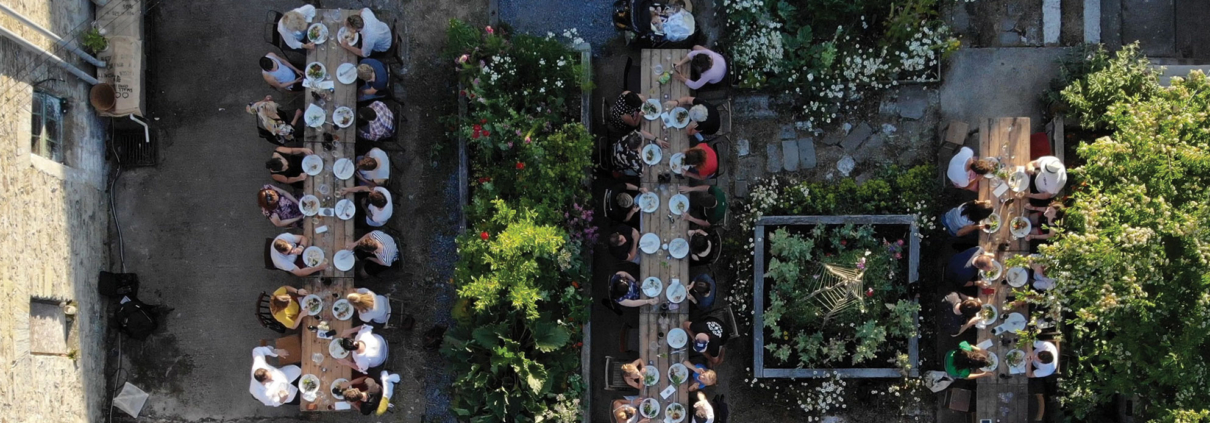6 takeaways from The Do Lectures 2018
Once a year in Wales, a wife and husband assemble a motley crew of inspiring people – new additions and returning members of a self-dubbed ‘Encouragement Network’. Those that ‘do’. Hence the name: The Do Lectures. A rustic barn hosts just 100 people, the lectern an old tree stump; it’s charming and now it’s live streamed.
I tuned in to The Do Lectures to remotely eavesdrop on intimate talks and one-on-one interviews conducted in a rusting old Land Rover Defender.
I’m a great believer that inspiration and creative energy come from a diverse range of sources, experiences and stories. If you’re working in marketing or PR and are only going to listen to other marketers and PRs speak – you’re missing out. From CEOs and adventurers, to architects, artists and 15-year-old Bitcoin prodigies, if you’re looking for variety, look no further than Do Lectures.
In the spirit of passing on inspiration, I’ve assembled a (by no means exhaustive) selection of takeaways and highlights from my stand-out talks. Perhaps these will spark an idea or rearrange a mindset and lead you to who knows where. Somewhere unexpected hopefully.
The live stream’s ones and zeroes may have now dissipated, but I’ll try and do the essence of ‘Do’ justice:
1. If your work, your career, or your company even, is part of a chain, a cosmic relay-race of sorts, how would you do things differently?
Alan Maskin, the architect tasked with modernizing the iconic Seattle Space Needle believes he is climbing on the shoulders of poets, thinkers, architects. In his Do Lectures talk, he said: “The idea that the work goes on after me – it gives me comfort – that one-day people can use my work to be lifted higher.”
My takeaway: If you viewed the work you do as a connecting layer between what’s gone before and what can be built upon by others, how would that change your approach or your output? There is something inherently satisfying about this idea. There is a relieving of pressure to “complete” or achieve perfection, yet conversely a burning motivation to build and pass on something exciting, inspiring and useful. There are immeasurable types of work and output, but this can apply to them all.
Oh, and if the idea of focussing on strong foundations grabs you, definitely bookmark my colleague David’s blog on the link between morality and business longevity. The perfect partner for your next coffee break.
2. There is magic in the mundane when the mundane has meaning
“As humans we’re activated to imagine ourselves experiencing the same things,” says Bobette Buster, a professor of digital storytelling. It’s the relatable, tangible details of a story or experience, those seemingly mundane elements that end up being the most evocative.
My takeaway: In accepting and celebrating this, we can slot this in like a filter on the lens we view the world through. I for one will be constantly asking the question: How can I better evoke sense memories in the audiences (aka people) that I’m trying to reach, to help them on the journey to understanding.
3. Living adventurously
Nowadays Alastair Humphries is all about the micro-adventure. The grand trips are no more – he’s cycled around the world. It took 4 years. He’s also rowed the Atlantic, that was somewhat faster. It turns out that living adventurously is a mindset, not a polar expedition and even the smallest act of adventure can be deeply satisfying.
To paraphrase Mr. Humphries; living adventurously is like going skinny-dipping in the river. You’re nervous, the first step is cold and horrid, but then you’re swimming, adapting, exhilarated, and suddenly you’ve become the expert. Now you’re the one encouraging nervous people on the bank to join you.
My takeaway: When it comes to comfort zones, the important thing is to keep getting out of them, even by a degree or two; rather than how far you plunge headlong into the tundra.
Could this thinking be applied to creative campaigns? Absolutely. In fact, in many ways they’re a lot like skinny-dipping: They’re scary, exhilarating and there’re always more people on the bank than in the water. That’s an advantage worth the plunge, and something tells me this attitude is infectious, so don’t you’ll be applying adventurous mental sorties for all of your thinking, regardless of the budget or campaign size.
4. When presenting ideas, identify and bridge gaps in understanding
When negotiating the plans for the Space Needle re-work project with its custodians, Alan Maskin identified the discomforting gap in understanding and included people who could bridge it: architecture historians.
My takeaway: These individuals added meaning and context, but most importantly, they demonstrated gravitas and helped Alan to underline the bold design changes with a bedrock of respect and historical understanding. This built comfort and answered unspoken concerns before they had a chance to flourish.
Make presentations about the audience. Identify the gaps, then assemble the ingredients to build understanding. Try this next time you’re presenting a bold or challenging vision, I know I will be.
5. When you choose a creative, remember why you chose them
In Canadian illustrator, Geoff McFetridge’s Do Lectures talk, he advised, “you don’t want a creative to follow the brief so closely that anyone could have done it.”
My takeaway: If you’ve chosen your creative team or supplier correctly, then you want their vision, their essence – the heart they’ve forged through their personal and professional work. If you aren’t making space for this in the brief and the feedback, then you’re doing yourself and the creative a disservice. That’s a ticket to unremarkable work. Which doesn’t chime well with take-away number one.
6. When it comes to goal-setting, find your personal ‘bag of rice’
Alastair set a challenge of busking around Spain. He had a violin, 5% ability to play it and no money. Getting some was a priority. The problem was that getting enough of it felt insurmountable. Alastair knew he could get a bag of rice for a euro and from experience, that little bag would feed him for a week. That seemingly tiny gain would buy him seven more days to grow his busking enterprise.
My takeaway: It always goes back to the value of time, doesn’t it? Time, hope and momentum – the equation for the fuel that drives progress.
“Sometimes all you can do is focus on that first euro, and the bag of rice. A small achievable goal and the hope and progress it’ll afford you,” he says.
This lesson stood out as universally valuable. It’s about giving yourself the bandwidth to progress without being crushed under the weight of some unapproachable goal that forces you into inaction. It’s the antidote to the paralysis of the “doorstep mile” – that first leg of any great journey. It’s about the build, not the finish line. Basecamp, not the mountain summit.
Whatever you’re building/creating/striving towards, this idea felt powerful.
If you’re looking for some daily nuggets of inspiration, why not follow us on Instagram, where we curate brilliant words from thinkers and doers across topics as diverse as vision, creativity, leadership and purpose.
Photo credit: Do Lectures 2018



